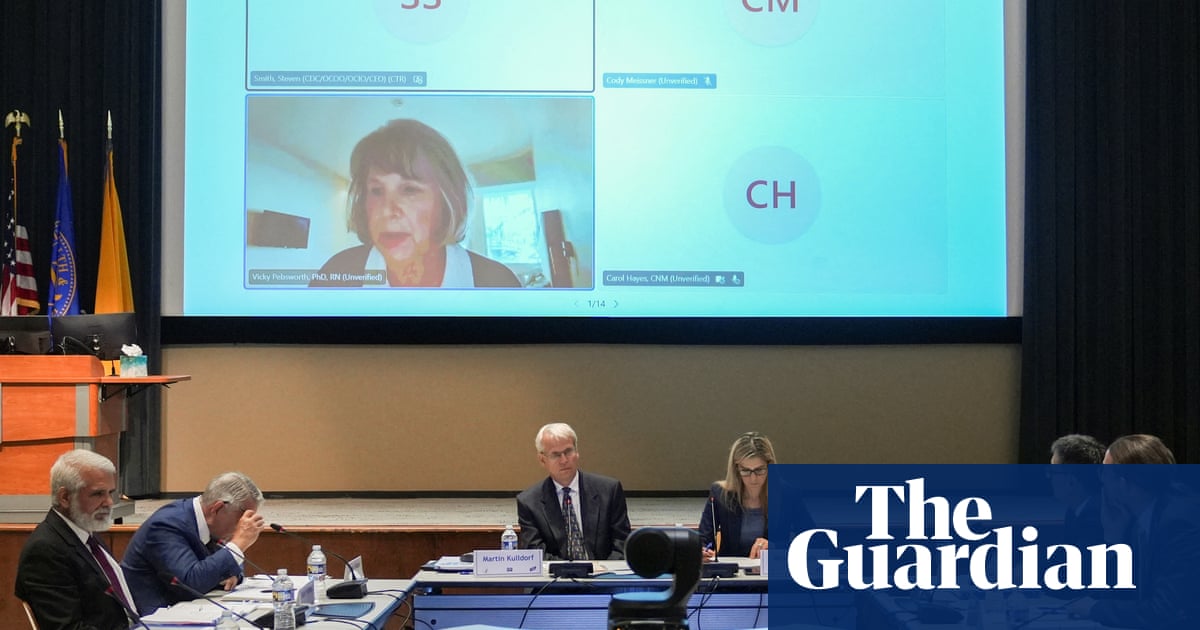Innovative Legal Aid Program in Chile Enhances Foster Care Outcomes

Being placed in foster care is a necessary intervention for some children, but many advocates worry about the prolonged stays that can occur, potentially leading to harmful effects for children who lack a permanent family. A groundbreaking study co-authored by an MIT economist reveals that an innovative program in Chile, which provides legal aid to children, significantly shortens foster-care stays, returning them to families more quickly. This initiative not only improves long-term social outcomes for children but also reduces government spending on the foster care system.
The study, published in the American Economic Review, was conducted by Ryan Cooper of the University of Chicago, Joseph Doyle of MIT Sloan School of Management, and Andrés P. Hojman from the Pontifical Catholic University of Chile. Their research focused on the “Mi Abogado” program, which offers enhanced legal support to children in foster care, alongside access to psychologists and social workers. The program’s success was marked by a 30 percent faster exit from foster care, according to Doyle.
Rigorous Study Design and Findings
The Chilean government introduced “Mi Abogado” in 2017, featuring a randomized selection process that allowed researchers to effectively measure the program’s impact. The study involved 1,781 children in Chile’s foster care system in 2019, with 581 receiving services from the program. The results were striking: children in the program spent less time in foster care, had a 30 percent reduction in criminal justice system contact, and a 5 percent increase in school attendance.
“It was amazingly successful because the program got kids out of foster care about 30 percent faster,” says Joseph Doyle. “Because foster care is expensive, that paid for the program by itself about four times over.”
Despite these positive outcomes, Doyle acknowledges the need for further analysis to determine which aspects of the program were most effective. “We would like to see more about what exactly they are doing for children to speed their exit from care,” he notes, suggesting that while legal aid is crucial, other factors like therapy and administrative efficiency might also play significant roles.
Implications for Global Foster Care Systems
This study adds to a body of research by Doyle and others on foster care systems worldwide. In another forthcoming paper, Doyle highlights that approximately 5 percent of U.S. children experience foster care at some point, a statistic that is consistent internationally. “People don’t appreciate how common child protective services and foster care are,” Doyle comments, emphasizing the vulnerability of children in these systems.
With various U.S. jurisdictions managing their own foster-care systems, the Mi Abogado program presents a model worth exploring. Doyle remains optimistic about the potential for policymakers to adopt similar strategies, noting that the issue transcends political divides. “Most people want to help protect kids,” he says, suggesting that successful interventions can garner widespread support.
“Here we have a case where the child outcomes are improved and the government saved money,” Doyle observes. “I’d like to see more experimentation with programs like this in other places.”
Looking Forward: The Future of Foster Care Interventions
The success of the Mi Abogado program in Chile underscores the potential benefits of innovative legal aid approaches in foster care. As governments worldwide grapple with the challenges of child welfare, such programs offer a promising avenue for improving outcomes and reducing costs. The study’s findings highlight the importance of rigorous evaluation and the potential for scaling effective interventions globally.
Support for this research was provided by the MIT Sloan Latin America Office, with data from Chile’s Ministry of Education. As policymakers consider the next steps, the Mi Abogado program stands as a compelling example of how targeted interventions can transform the foster care landscape, benefiting both children and society at large.






